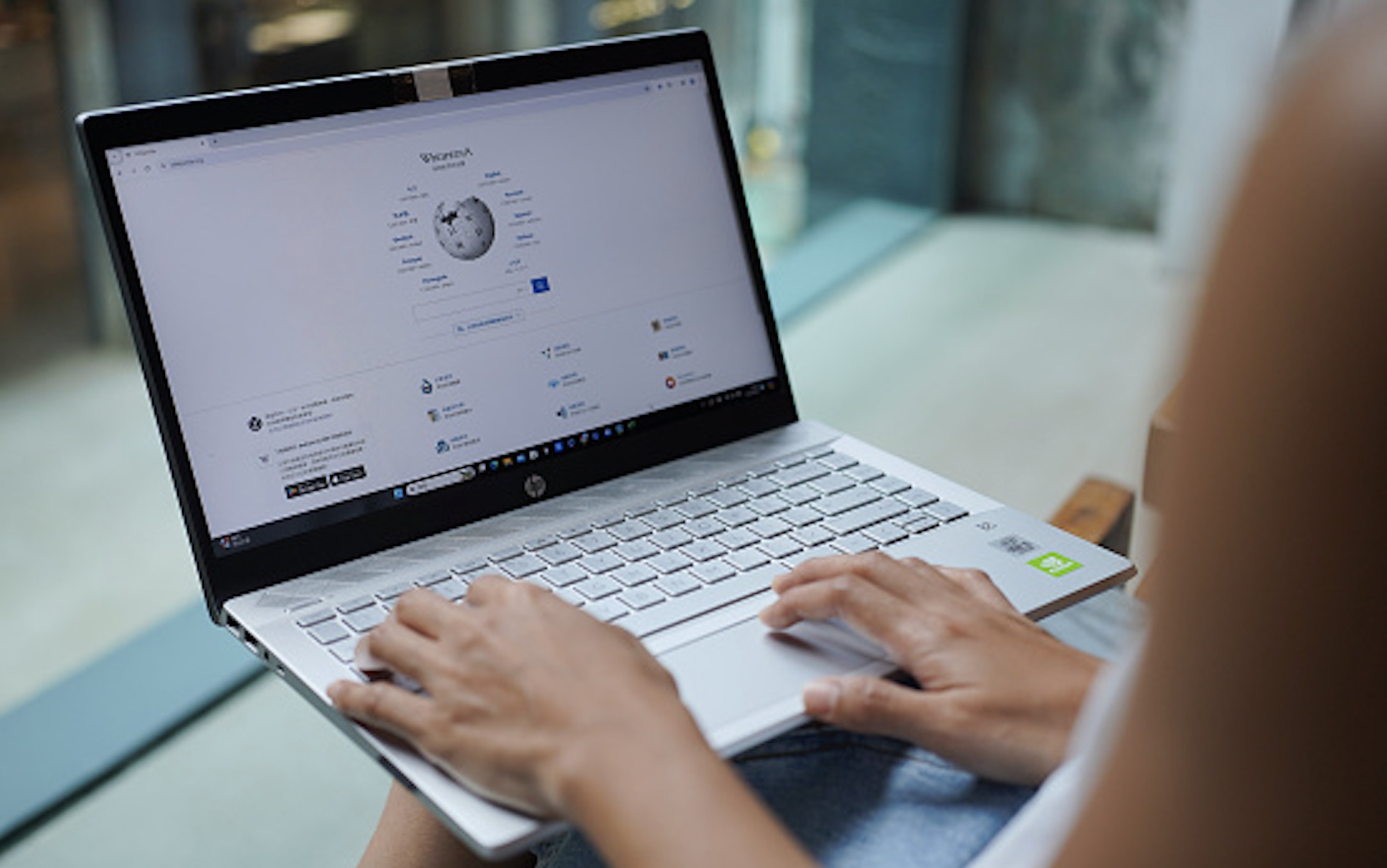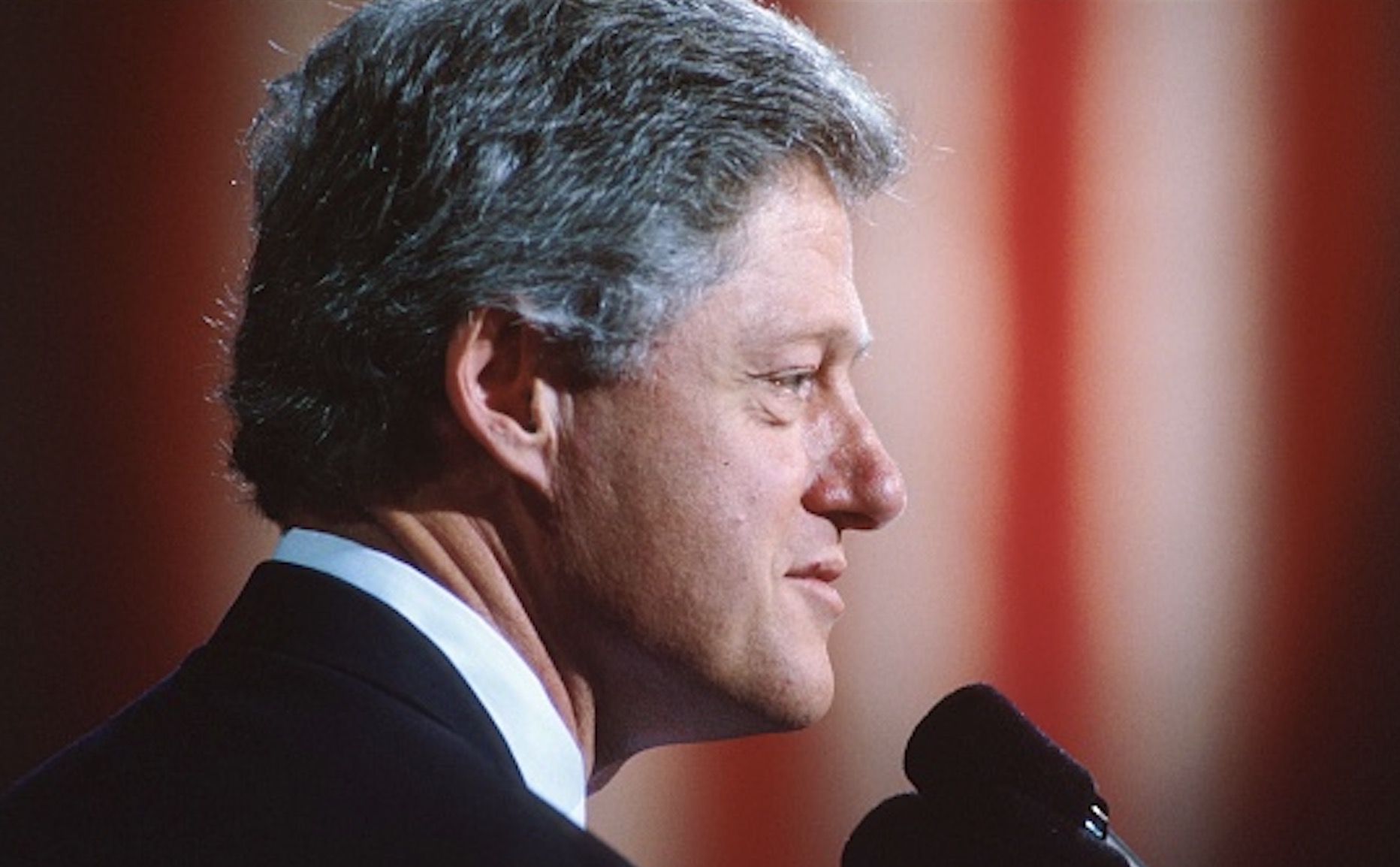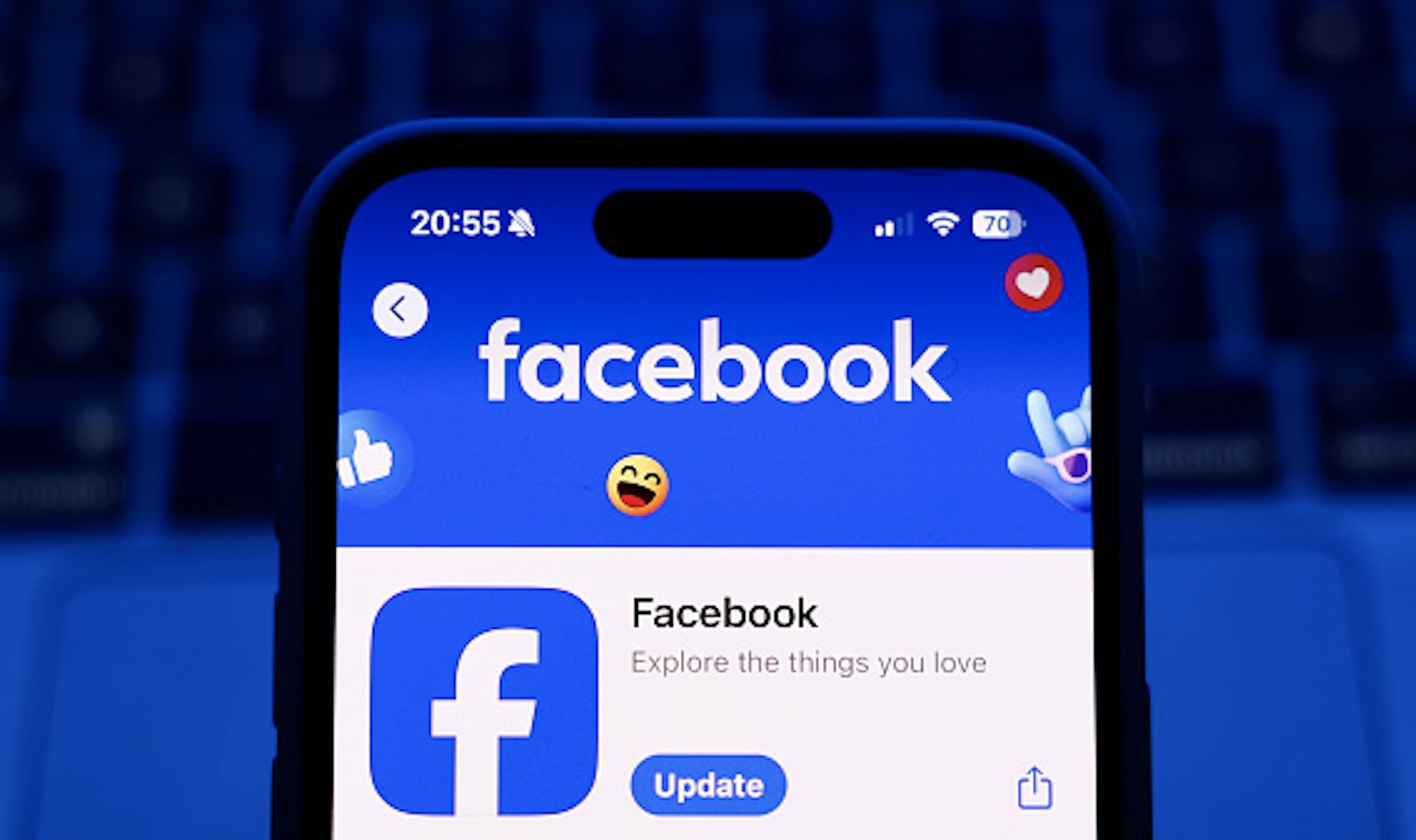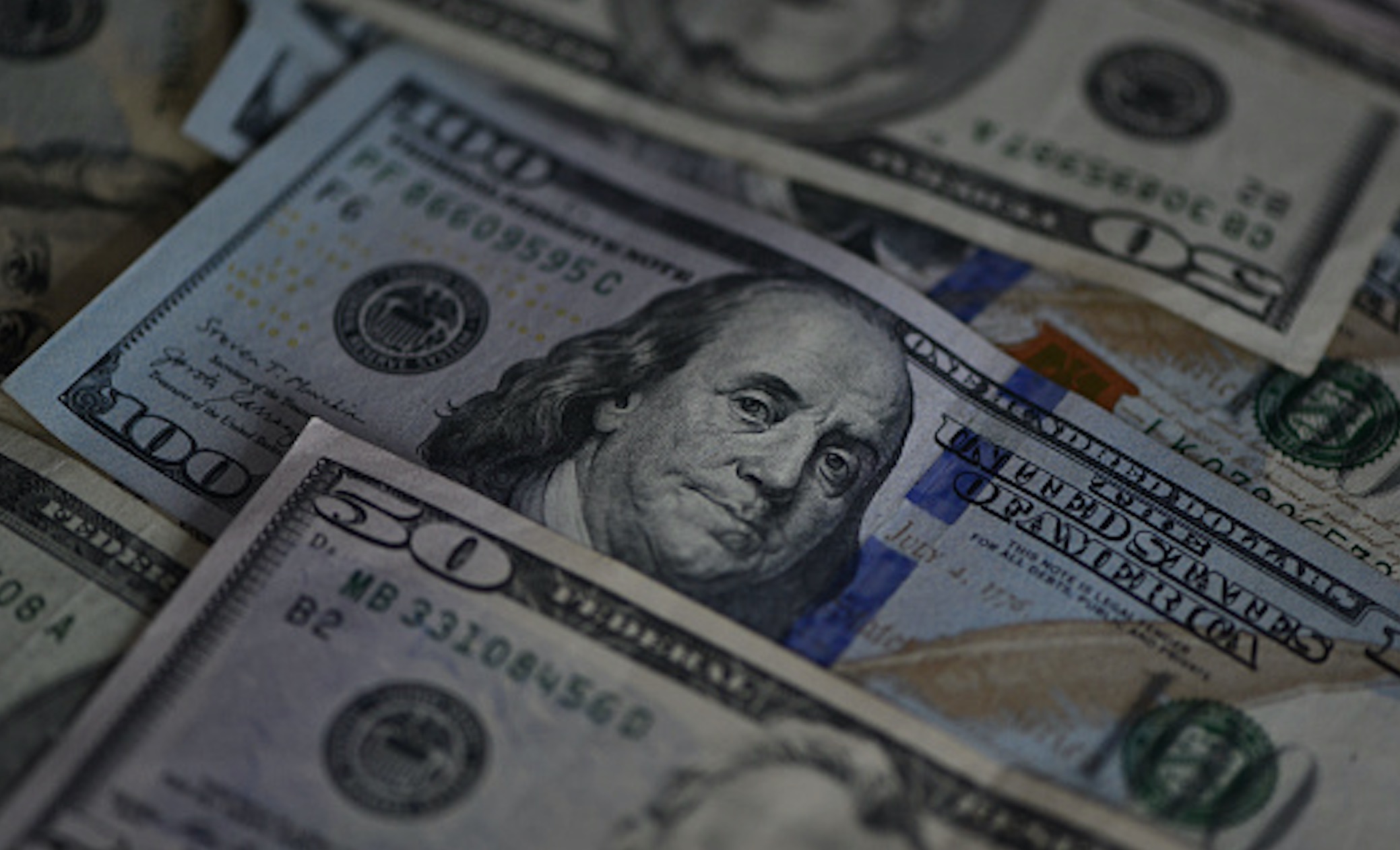
The rise of computers and the internet in the 90’s sparked optimism about politics. People expected that increased access to information would enhance communication between candidates and voters. Technology also helped make campaigns cheaper and more transparent. Others, however, expressed a pessimistic view about the impact of technology on politics. In this slideshow, we explore the benefits and drawbacks of technology on politics.

The first political campaigns to use the internet were those of President Bill Clinton and Republican nominee Bob Dole in 1996. Technology has significantly influenced elections worldwide.

The rise of social media in the early 2000s introduced new platforms that changed candidate communication, voter engagement, and media coverage.

The internet has significantly increased political fundraising since 1998. Online donations surpassed previous records. Most online funds are used for traditional outreach methods like television ads and direct mail. Online campaign advertising has also grown.

Email remains a less effective method for reaching voters compared to direct mail and phone calls. Research shows only a small percentage of voters report receiving political emails.

The internet has contributed to increased partisanship and helps users find like-minded groups, it also exposes them to differing political views.

The 2016 elections marked a significant shift in how tech platforms viewed their role in democracy. Donald Trump’s upset win caused tech platforms to focus on preventing foreign interference and combating misinformation.

